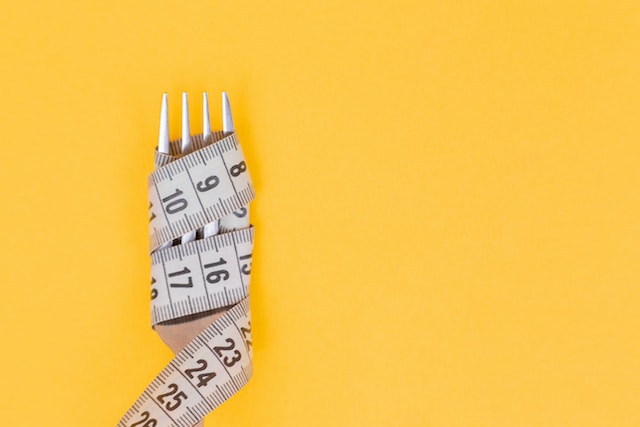If earlier in order to transform cm to m, one had to search for the formulas and make certain calculations, nowadays there are other options. Still, it’s much easier to cope with such a task, when you understand the basic meaning of these metrics, for instance, which one is bigger and which one is smaller, etc. Thus, let’s unveil some useful details and find out everything you need for a quick centimeter to meter transformation.
Why do we need to transform centimeters to meters
To begin with, meters belong to the standard systematic units applicable all over the world to measure various distances. They were introduced as an international metric not so long ago. Before, each country and region relied on its own units and preferred them. Moreover, the same metric as an inch could vary in exact value depending on the region.
Of course, that was not very convenient, especially when globalization started to unite all parts of our world. Therefore, scientists decided to agree on some basic metrics and their meanings to unify this system. This is how we got meters as a common option for length measurements. In addition, its smaller derivatives, such as centimeters and millimeters are also applicable.
In our case of cm to meters transformations, we have to keep in mind that one meter contains 100 cm. This basic information is enough for all further calculations with these units.
How to convert cm to m: the most common options
Now, let’s move on to the examples of cm to meter transformations. As we have already mentioned, to start solving this type of task, we need to assume that 1 cm to m gives 0.01. Thus, we have to keep in mind the following information:
- each meter contains 100 cm;
- one centimeter represents a 1/100 part of a meter.
Therefore, when you face a task of such a transforming, you can perform it in two ways, namely:
- multiply the given number by 0.01;
- divide the initial number by 100.
Both these actions are equivalent in terms of the results that you’re going to obtain. For example, let’s consider the transformation of 350 centimeters:
- 350 x 0.01 = 3.5;
- 350 / 100 = 3.5.
Thus, as far as you can see, such calculations are quite easy. However, everything depends on the numbers you work with and, of course, you have to remember the basic information and correlations described above.
What if you’ve forgotten something or you are unsure and want to check the results obtained manually? For this, it is possible to utilize special correlation tables. They are readily available online and usually contain the most common initial values for such transformations. In this case, it is enough to find such a table and your initial value to see the resulting number.

Here, it is enough to type in the initial value, select the required units and press the conversion button. The result appears on the screen at once and can be copied and utilized without further ado.


0 Comments